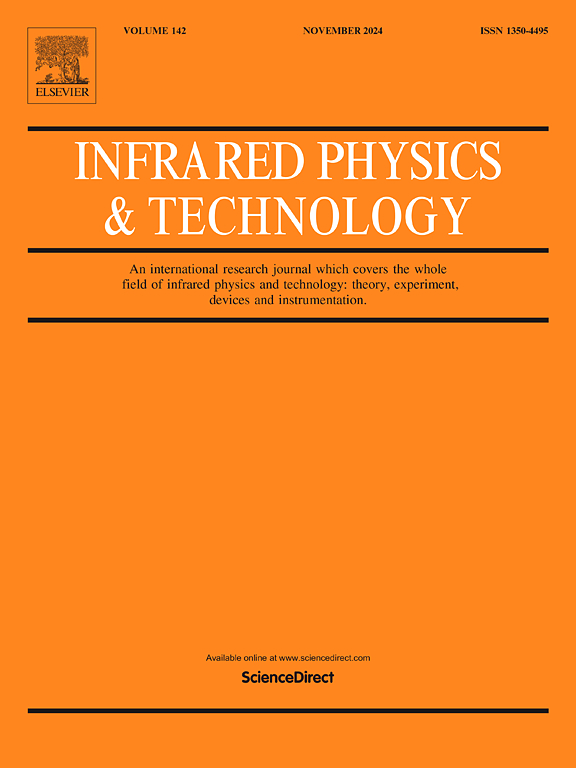MCU-GAN: Colorization method for infrared images based on multi-convolution fusion and generative adversarial network
IF 3.1
3区 物理与天体物理
Q2 INSTRUMENTS & INSTRUMENTATION
引用次数: 0
Abstract
Since traditional cameras perform poorly in images acquired at night or in extreme weather, such as heavy fog, this limits their use in military, night-time traffic management, security monitoring and other fields. Infrared image sensor can overcome these limitations and present thermal infrared features in image. However, because thermal infrared (TIR) image is based on the thermal radiation emitted by the object itself, this will result in the infrared image lacking detailed information, such as texture and color, which is completely unsuitable for direct observation by human eye. Therefore, many thermal infrared image colorization methods have emerged in recent years, which can convert thermal infrared images into color images. However, the current infrared image colorization results still have flaws in semantics and color recovery. Thus, we propose a thermal infrared image colorization method based on multi-convolution fusion and generative adversarial network, called MCU-GAN. First, we designed a novel feature extraction module (MCRB) in the downsampling process of the generator. The module combines pixel difference convolution and dilation convolution, which effectively improves the ability to extract edge features of objects in TIR images. Second, we combine the ideas of ConvNeXt with the U-shaped neural network to form a generator, which enables the model to compete with Transformers in terms of performance while ensuring simplicity. Then, the polarized self-attention module (PSA) is added in the decoding stage to filter irrelevant feature information. Finally, we use a composite loss function to ensure that the network can generate color images that are discernible to human eye. Experimental results show that MCU-GAN achieves better results on the KAIST and IRVI-Traffic datasets.
求助全文
约1分钟内获得全文
求助全文
来源期刊
CiteScore
5.70
自引率
12.10%
发文量
400
审稿时长
67 days
期刊介绍:
The Journal covers the entire field of infrared physics and technology: theory, experiment, application, devices and instrumentation. Infrared'' is defined as covering the near, mid and far infrared (terahertz) regions from 0.75um (750nm) to 1mm (300GHz.) Submissions in the 300GHz to 100GHz region may be accepted at the editors discretion if their content is relevant to shorter wavelengths. Submissions must be primarily concerned with and directly relevant to this spectral region.
Its core topics can be summarized as the generation, propagation and detection, of infrared radiation; the associated optics, materials and devices; and its use in all fields of science, industry, engineering and medicine.
Infrared techniques occur in many different fields, notably spectroscopy and interferometry; material characterization and processing; atmospheric physics, astronomy and space research. Scientific aspects include lasers, quantum optics, quantum electronics, image processing and semiconductor physics. Some important applications are medical diagnostics and treatment, industrial inspection and environmental monitoring.

 求助内容:
求助内容: 应助结果提醒方式:
应助结果提醒方式:


